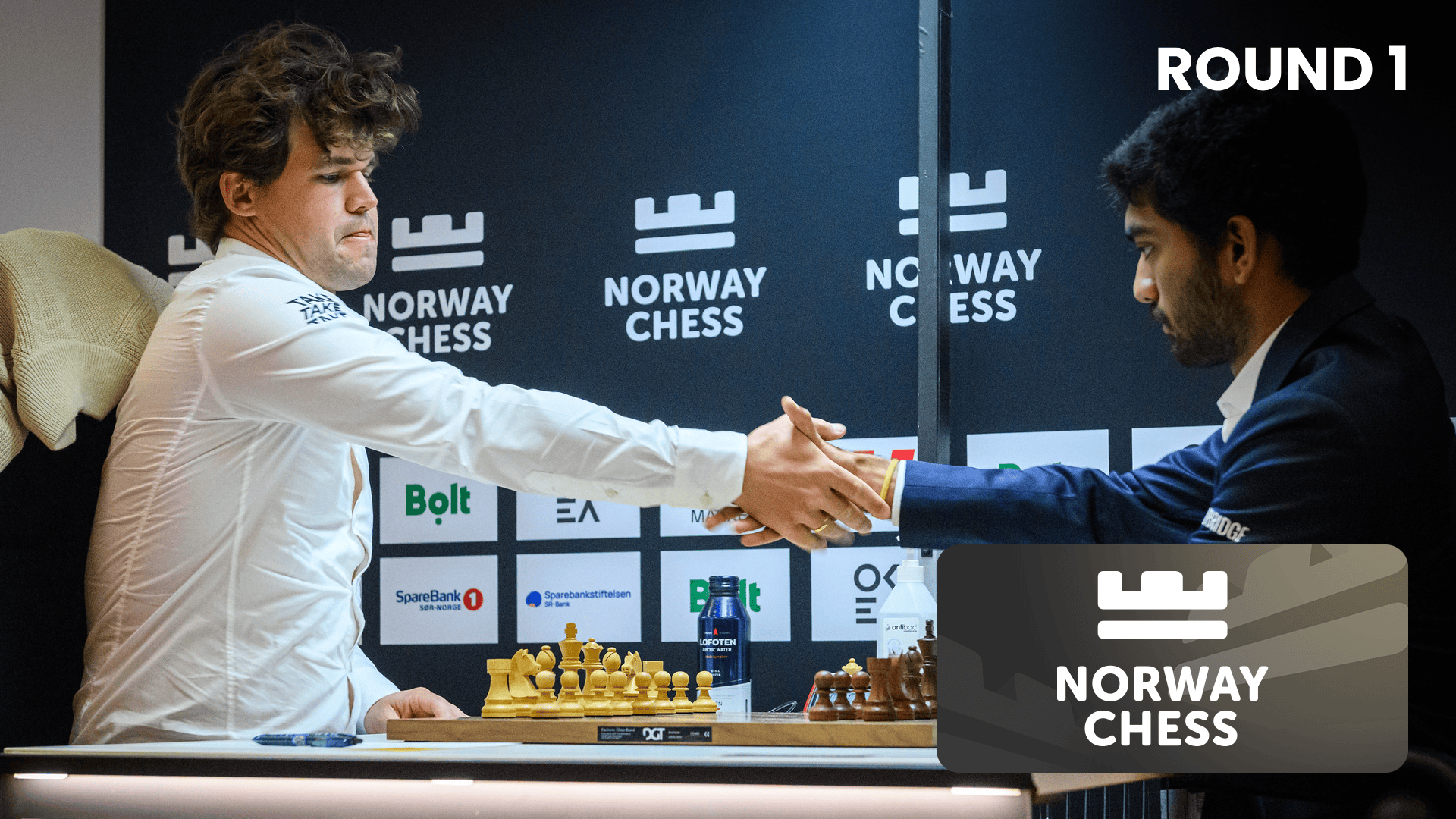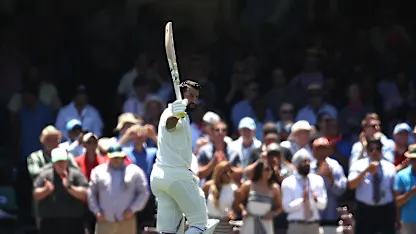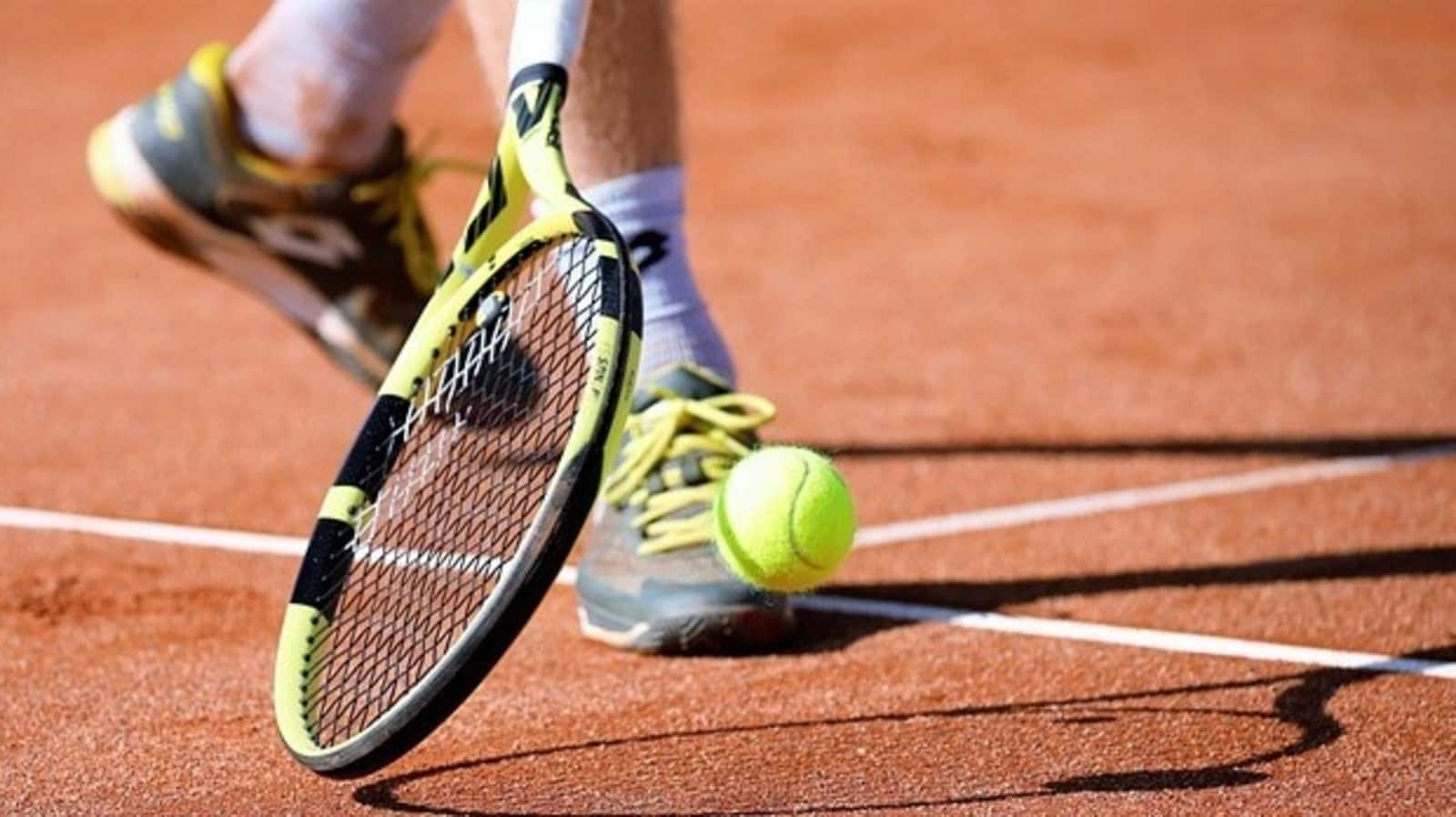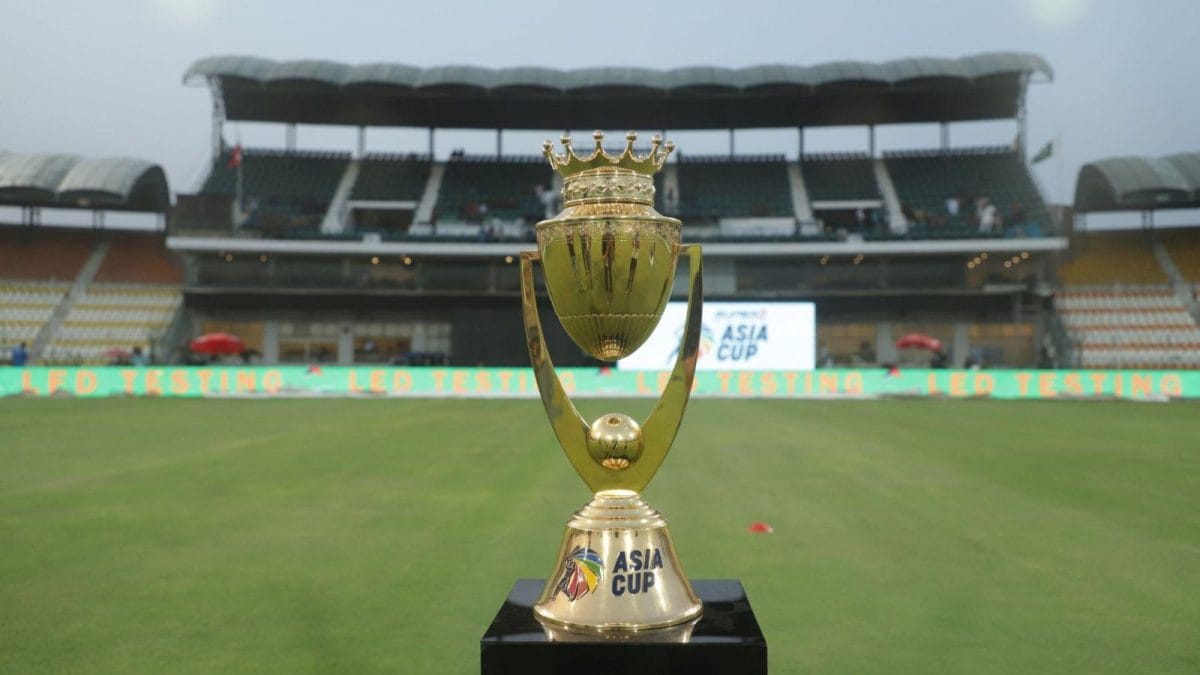GM Magnus Carlsen won a spectacular king hunt to beat World Champion Gukesh Dommaraju in Norway Chess 2025 in their first classical game since Gukesh won the title. The day’s other classical winner was GM Hikaru Nakamura, who ground down GM Fabiano Caruana in his opponent’s perpetual time trouble. GM Arjun Erigaisi beat GM Wei Yi in armageddon in the clash of the Norway Chess newbies.
GM Koneru Humpy was struggling but then pounced on a huge blunder by GM Vaishali Rameshbabu to claim the only classical win of Women’s Norway Chess 2025 round one, while GMs Anna Muzychuk and Lei Tingjie won in armageddon against IM Sara Khadem and Women’s World Champion Ju Wenjun respectively.
Round two starts Tuesday, May 27, at 11 a.m. ET / 17:00 CEST / 8:30 p.m. IST.

Norway Chess Round 1 Results
Half of the classical games were decisive as the 13th edition of Norway Chess began.

Open: Carlsen Beats Gukesh, Caruana Takes Down Nakamura
It’s three points for a classical win in Norway Chess. If the classical game is drawn, the players gain one point each and then play for another half-point in armageddon, so that Nakamura and Carlsen lead on 3/3, while Arjun is third with 1.5 points.
Norway Chess Standings After Round 1

Carlsen 3-0 Gukesh

World number-one Carlsen hasn’t played an individual classical event in the whole year since Norway Chess 2024, and once again he began the tournament by playing his first classical game against a new world champion since the title had changed hands. In 2024 that was GM Ding Liren, and a wholly unremarkable 14-move draw, but this year it was Gukesh, and a game that built up to an incredibly dramatic conclusion.
The start was less promising, with Carlsen admitting his decision to play the Jobava London against Gukesh hadn’t worked out as planned, since he ran into 4…Bg4.
Incidentally also part of my next chessable course.
The Benko LTR for black!🔥 https://t.co/iJpJ1SIXsu
— Anish Giri (@anishgiri) May 26, 2025
“I just realized I don’t know anything!” confessed Carlsen, who only knew the move after pawns are exchanged on d4. Rather than heading for the principled lines his opponent would know after 5.f3, he went for 5.Be2!?, when he realized, “I’m not remotely better.”
“I tried to surprise him…” says Magnus, before admitting Gukesh’s 4…Bg4! caught him completely by surprise. “I responded the way you often do, especially in the 1st round, in the absolute wussiest way possible!”https://t.co/GjRgCR1gef#NorwayChess pic.twitter.com/eXEyULj3yv
— chess24 (@chess24com) May 26, 2025
Carlsen still harbored hopes, however, based on his opponent. He said on the live commentary after the game: “He’s also an ambitious player, so I thought we’re not necessarily going to get a totally flat game just because he’s at least equalized from the opening.”

So it proved, with both players conspiring to keep life in the position. “He wants blood!” said GM David Howell when Carlsen rejected an exchange of queens by playing 17.Qf3!?.
“He wants blood, Magnus!” says Howell, after Carlsen rejects a trade of queens with 17.Qf3!?https://t.co/m4fhuQIw29#NorwayChess pic.twitter.com/tKtzRRnTI9
— chess24 (@chess24com) May 26, 2025
Later Gukesh offered a pawn sacrifice, while Carlsen instead steered toward the kind of endgame on which he’s built his dominance of the chess world. “It’s still fairly equal, but there’s this small imbalance as his pawn structure is a little bit ruined,” said Carlsen, though he felt that Gukesh “did really, really well for a long time,” and then, when a pawn race developed, the price of a move had suddenly grown exponentially.
Carlsen commented:
It felt a little bit risky for me as well, since his pawns were quite fast, but I couldn’t keep myself from keeping the game going there, and then towards the end, I just wanted to make sure when he was queening the pawn, I was calculating everything. I know that he calculates these things so well, so I’m always a little bit worried that I’d missed something, but I managed to use a few minutes, assure myself that I’m not losing, and then go for it!
I know that he calculates these things so well, so I’m always a little bit worried that I’d missed something.
—Magnus Carlsen on Gukesh Dommaraju
42…h3 by Gukesh, giving up a knight, was correct, but perhaps not the most practical move to play with just a minute on the clock.

Carlsen was glad to see it, since he knew he wouldn’t be the one risking and that it would just be about whether Gukesh could find all the correct checks to hold a draw.
He didn’t, with 46…Qh6+? (46…Rg2+!) the one clear mistake that Gukesh made all game.
Gukesh gives the wrong check and Magnus is winning! https://t.co/m4fhuQIw29#NorwayChess pic.twitter.com/ZryIe9EB8W
— chess24 (@chess24com) May 26, 2025
It proved fatal, as Carlsen went on to play the rest of the game perfectly despite himself playing only on the 10-second increment added each move. Howell declared it the “game of the year so far!” which might be going too far in terms of the pure chess content, but certainly matched the drama of the moment.
Magnus Carlsen beats World Champion Gukesh after a stunning king hunt played on the 10-second increment. “Game of the year so far!” says Howell: https://t.co/m4fhuQIw29#NorwayChess pic.twitter.com/4aKjJfbYK2
— chess24 (@chess24com) May 26, 2025
Asked if it meant more to beat the reigning world champion, Carlsen downplayed the moment, commenting, “Not necessarily, but every win in this tournament is hard to come by, so I’m happy with that.”

His post on X suggested the rivalry had indeed inspired him, however.
A great quote from The Wire pic.twitter.com/z9fBOdbtMd
— Magnus Carlsen (@MagnusCarlsen) May 26, 2025
That’s our Game of the Day, which GM Rafael Leitao has analyzed below:
The world number-one would be matched by the world number-two.
Caruana 0-3 Nakamura

Nakamura continued what he described as “a big, hot streak” against Caruana in another game that started off promising almost nothing. Nakamura hurried to the confessional since he didn’t expect the “extremely boring” game to last long.
Nakamura: “I felt like coming in very early primarily because my game is already extremely boring—pretty much it’s going to come down to whether Fabiano is able to confuse me with a move-order very early, or I think the game’s going to be extremely dry & probably a draw!” pic.twitter.com/Zvdn1kboFM
— chess24 (@chess24com) May 26, 2025
In hindsight, however, the seeds of disaster were sown early for Caruana. Surprised in the opening (Nakamura felt his opponent should have paid more attention to the recent Champions Chess Tour event), Caruana both took a lot of time and went for a quiet system that promised little. Nakamura pointed out that Caruana had in fact criticized him on his podcast for playing the same system against GM Nijat Abasov in round three of the 2024 FIDE Candidates Tournament, taking that as evidence that Nakamura “wasn’t there to play to win the tournament.”
The game went on, however, with Nakamura beginning to sense chances, though he still revealed afterward that when he played 30…Qc8 he offered Caruana a draw (no draw offers are possible until Black’s 30th move.)

Caruana, however, said no. Nakamura explained: “I just offered a draw, and Fabiano decided to keep playing as though he was better, and I was just really puzzled by that, but eventually time played a big role.”

That was an understatement, with Caruana getting down to under 30 seconds by move 44, while Nakamura still had over 30 minutes on his clock. Nakamura said of the “very unforgiving” time control in Stavanger, “If you’re well-prepared, this time control is great—if you’re not, it’s going to be a doozy!”
If you’re well-prepared, this time control is great—if you’re not, it’s going to be a doozy!
—Hikaru Nakamura
All it took was one mistake, 66.Na4?, and Nakamura was able to execute his plan of exchanging a knight on e4 and putting the other knight on f5, to attack the weak pawns, an approach he said he’d observed in some Carlsen endgames.
Nakamura recapped his game afterward.
The win was, of course, significant as Nakamura aims to repeat his 2023 triumph in Norway Chess, but also for Candidates qualification. One spot in the 2026 tournament will go to the highest-rated player based on the average from August 2025 to January 2026. Nakamura has a big lead in that race over Gukesh and Arjun (Caruana has already qualified for the Candidates by the FIDE Circuit).

Nakamura again noted that if he does well in Norway, he’ll focus on being eligible to gain that rating spot by playing the required 40 games over the year, or as he put it, “If I do well here, I’ll go and find some Mickey Mouse tournaments and get to 40 games!”

Wei Yi 1-1.5 Arjun
This clash between two players making their Norway Chess debut couldn’t match the excitement elsewhere, but it suggested that Arjun was very much at home in his new surroundings. He made a quick and effortless draw with the black pieces in the classical game, saying of his confessional visits, “I was planning to go at least once a day, and I was a bit bored, so I went more than once!”

That meant our first armageddon of Norway Chess 2025, with White getting 10 minutes to Black’s seven, but Black only needing to make a draw.
Arjun and Wei Yi have different ways of preparing for the Armageddon! #NorwayChess pic.twitter.com/5Edb4AG7Lp
— chess24 (@chess24com) May 26, 2025
Arjun had Black and continued playing quickly, so that by move 19 he was ahead on the clock. After move 40 the players get a second added to their clock each move, but we got evidence of how that addition isn’t enough to make moves on a physical board. Arjun was never significantly worse and, despite some puzzling moments, his win on time was the logical end to the clash.
Wei Yi loses the Armageddon on time and Arjun Erigaisi is the 1st player to win a mini-match in this year’s #NorwayChess!https://t.co/jVjLZJWOQz pic.twitter.com/DwqiCKhijg
— chess24 (@chess24com) May 26, 2025
The 1.5 points put Arjun in third place behind the two co-leaders.
Women: Humpy Pounces On Vaishali Blunder
Humpy took the early lead in the Women’s event.
Norway Chess Women’s Standings After Round 1

The one decisive classical game in the Women’s tournament had a surprise outcome.
Humpy 3-0 Vaishali

Everything seemed to go Vaishali’s way in the opening, with Humpy admitting, “It was a very comfortable position for Black once she got in 6…Ne4 and 8…f5.” Humpy did her best to generate counterplay, but remained worse and saw her draw offer rejected on move 32.
Vaishali could have swapped queens on move 40 to keep an advantage in an absolutely risk-free position, but instead “overpressed the position,” according to Humpy, and suddenly stumbled to defeat with 42…Qa2??. After 43.Bf8! there was no defense against checkmate.
The other two matchups were decided in armageddon.
Lei 1.5-1 Ju

When Ju won Norway Chess in 2024, she did it with a smooth classical win over Lei in the final round, so that this was some measure of revenge. The classical game was a rock-solid draw before we got a fiery armageddon. Lei effectively had to win it twice, since her powerful kingside attack at some point ran out of steam. She didn’t let that get her down, however, and hit back to win again, even if Ju could have escaped as late as move 56.
It was a good start for Lei, who commented, “Last year I played very, very bad, so this year I wanted to win more armageddons!”
Muzychuk 1.5-1 Khadem

Anna Muzychuk was understandably not thrilled about how she won this mini-match, explaining, “At least it’s good to win the armageddon, but with my classical game I’m not happy at all!” She had in fact been the first player to gain a winning position in classical chess after 20…Qf8?.

Here 21.Qf5! was the best choice for White, threatening to capture on c5, to play d5, and potentially to play Bc2 and threaten checkmate on h7, or capturing the f6-bishop. Instead, however, Muzychuk went for 21.Qg3? and later, panicking at failing to find the best moves and realizing she was dangerously low on time, she agreed to a 30-move draw.
The Ukrainian star confessed she was also struggling to clinch the armageddon until Khadem’s final move 50…Qc5? lost on the spot, allowing 51.Qb2+! to get behind the b-pawn with check.
That gave Muzychuk a tie for second place behind Humpy, but there are no less than nine rounds to go, and 27 points still up for grabs for each player.

The stand-out pairing in round two is Nakamura-Carlsen, the world number-two vs. the world number-one. Their lifetime classical score is an astonishing 14-1 wins in Carlsen’s favor, but in recent years the two stars have been very evenly matched.
How to watch?
Norway Chess 2025 features Open and Women’s six-player tournaments for equal prize funds of 1,690,000 NOK (~$167,000). It runs May 26 to June 6 in Stavanger, with players facing their opponents twice at classical chess (120 minutes/40 moves, with a 10-second increment from move 41). The winner of a classical game gets three points, the loser, zero; after a draw, the players get one point and fight for another half-point in armageddon (10 minutes for White, seven for Black, who has draw odds).
Previous coverage:






